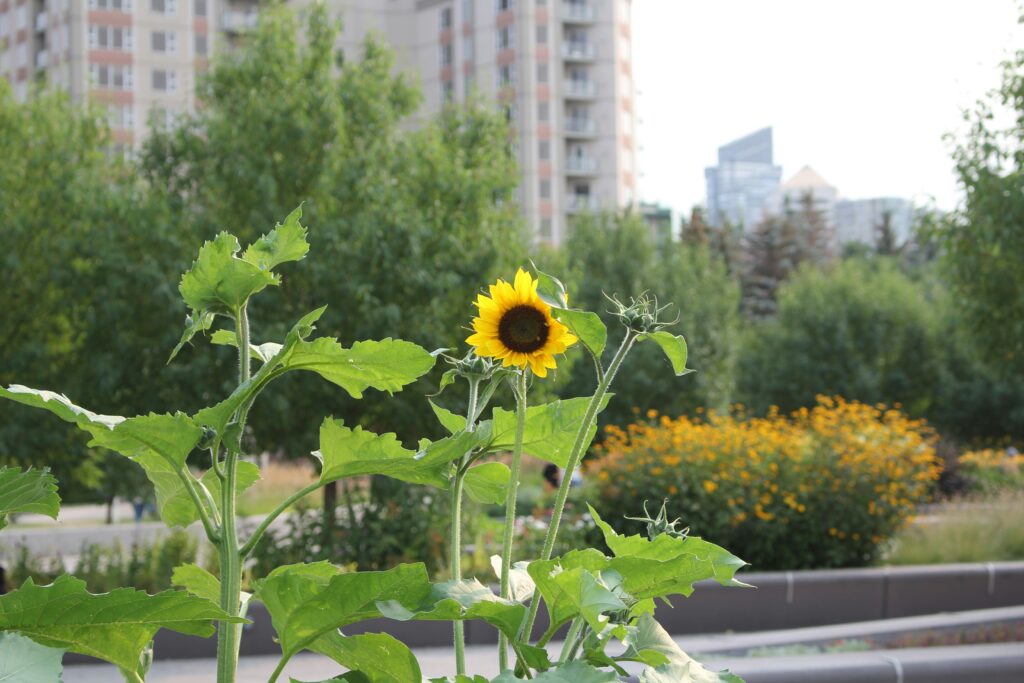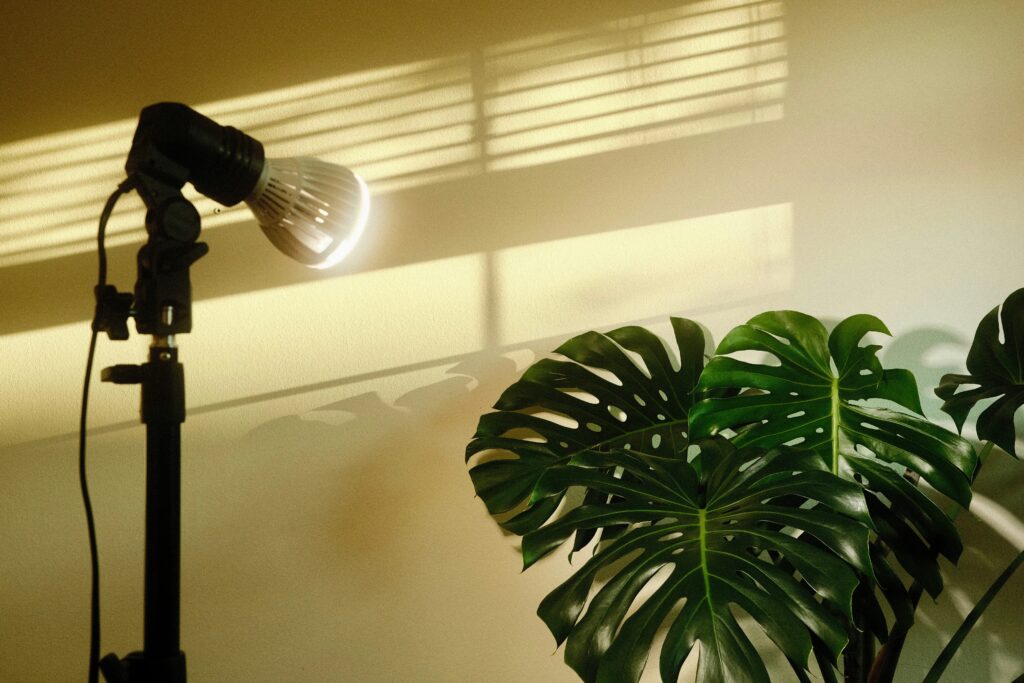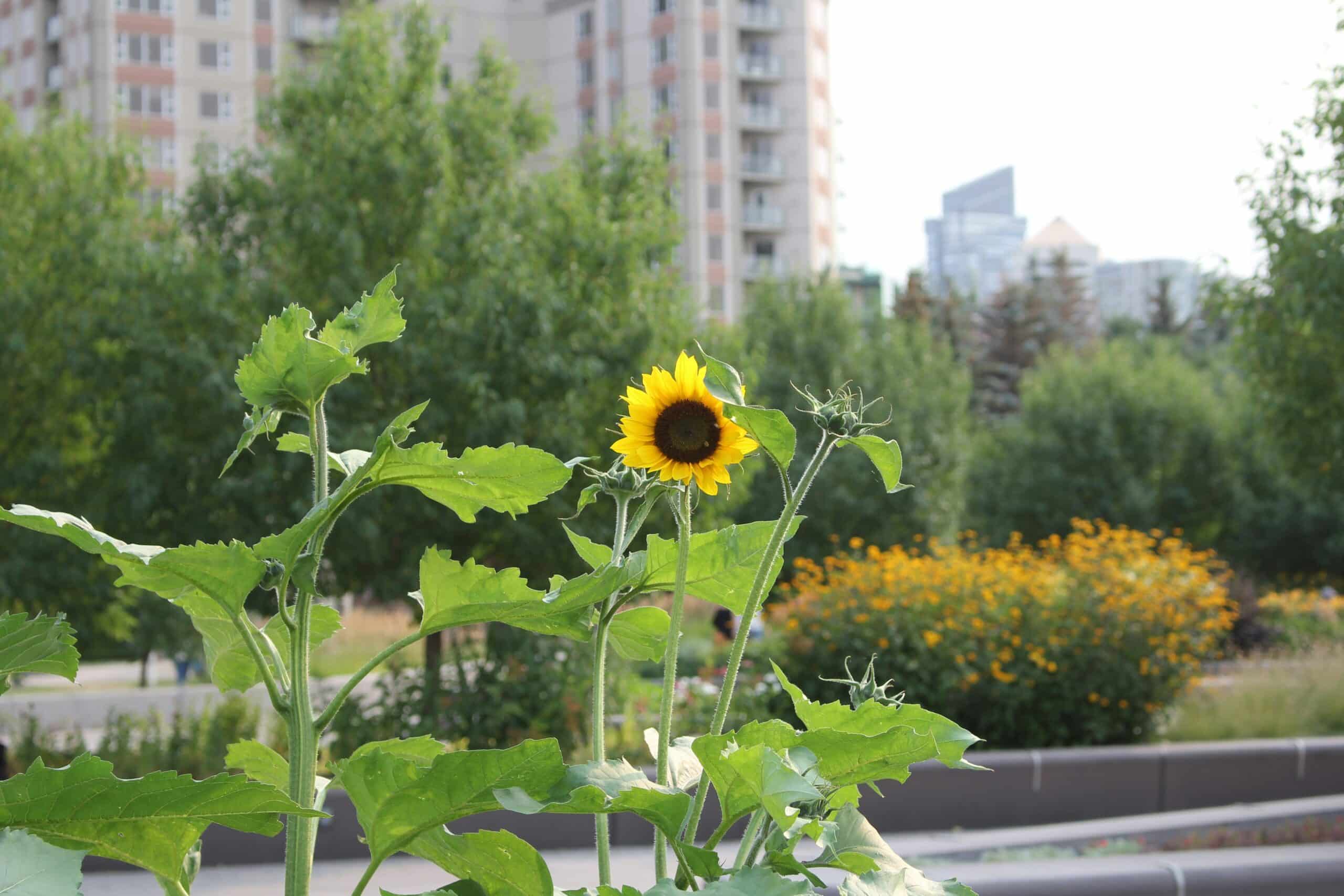Anúncios
This insight is not just limited to the realm of physics but extends into everyday life, photography, interior design, stage lighting, and beyond. If you’ve ever wondered about the science behind light and its interrelation with distance, stay tuned.

Unleashing the power of light and understanding its behavior is akin to unlocking a new level of perception. The intensity of light doesn’t merely impact what we see; it dramatically influences how we interpret and interact with our surroundings. Whether it’s creating the perfect ambiance in a room or capturing stunning photographs, mastering light intensity and distance is key.
Anúncios
In the forthcoming sections, we aim to shed light on these fundamental aspects of light science. We will delve into the core concepts of light intensity, the inverse square law of light, and the practical implications of these in various fields. By illuminating these subjects, we aim to empower you to harness the power of light effectively in your personal and professional endeavors.
So, fasten your seat belts as we embark on this enlightening journey. We promise a fascinating exploration, filled with illuminating insights that will not only elevate your understanding of light but also equip you to apply this knowledge in the most practical ways. Prepare to illuminate your knowledge and shine brighter than ever before!
Anúncios
Understanding the Basics of Light Intensity
The term ‘light intensity’ refers to the strength or amount of light in a specific area, typically measured in lumens or foot-candles. It’s important to note that light intensity diminishes as the distance from the light source increases – a fundamental principle known as the Inverse Square Law. This law, a cornerstone in physics, stipulates that light intensity is inversely proportional to the square of the distance from the light source.
The Inverse Square Law
The Inverse Square Law is a critical concept in mastering light intensity. Mathematically, it is expressed as I = P / (4πd²), where I is the intensity, P is the power of the light source, and d is the distance from the light source. Essentially, it states that light intensity decreases rapidly as you move further from the source. Therefore, if you double the distance from the light source, the light intensity reduces to a quarter of its original value.
Factors Influencing Light Intensity
Several factors influence the intensity of light. These include the light source’s power, the distance from the light source, and the environment’s attributes, such as the presence of obstacles or reflective surfaces.
Light Source Power
The power of the light source is a key determinant of light intensity. High-powered light sources emit more light, hence producing greater light intensity. Commonly, light bulbs are rated based on their power consumption in watts, but it’s the lumen output that determines the actual light intensity. A higher lumen output translates to higher light intensity.
Distance and Obstructions
As dictated by the Inverse Square Law, distance significantly influences light intensity. The further away from the light source, the less intense the light. Additionally, physical obstructions, like walls or furniture, can block or absorb light, reducing the light’s intensity.
Mastering Light Intensity: Practical Applications
Understanding light intensity and distance is crucial across a variety of fields, from photography to interior design to gardening. By mastering these principles, you can make informed decisions about your lighting setup, achieving your desired effects whether you’re shooting a photo, decorating a room, or optimizing plant growth.
Photography
In photography, light intensity plays a pivotal role in the outcome of your shots. Whether you’re working with natural or artificial light, the amount of light hitting the subject can dramatically affect the mood, tone, and detail captured in the image.
The Inverse Square Law:
The Inverse Square Law explains how light intensity diminishes as you move further from the light source. According to the law, the intensity of light decreases by the square of the distance from the source. For example:
- Closer Light Source: If you move the light source closer to your subject, the intensity of light increases exponentially, creating sharp, defined shadows and high contrast. This is ideal for dramatic lighting or when you want to emphasize details, textures, or contours.
- Farther Light Source: Moving the light source further away softens the light and shadows, producing a more diffused, even glow. This is often used for portraits or softer lighting setups, where you want to avoid harsh shadows and create a more flattering appearance.
Light Source Positioning:
- Side Lighting: This technique highlights texture and adds depth to the subject. It’s great for portrait photography, especially in black-and-white photography where shadow and contrast are key.
- Front Lighting: This is used when you want to eliminate shadows and create an evenly lit subject. It’s commonly used in product photography or fashion shoots.
- Backlighting: By placing your light behind the subject, you create a glowing halo effect or silhouette. This is effective for creating dramatic and artistic shots.
Modifiers:
- Softboxes and Diffusers: These tools soften light, diffusing its intensity and reducing shadows. Perfect for portrait photography or any setup where you want a natural, even light.
- Reflectors: Reflectors bounce light back onto the subject, amplifying the light without adding more sources. This is great for filling in shadows without altering the light’s direction.
Interior Design
In interior design, light intensity influences both the functionality and ambiance of a room. Whether you want to create a cozy atmosphere or a bright, energetic space, manipulating light intensity can help you achieve your desired mood.
Ambient Lighting:
Ambient lighting, the primary source of illumination, should be gentle enough to fill the room without causing harsh shadows. This can be achieved with:
- Ceiling lights or wall-mounted lights that diffuse light evenly.
- Dimmer switches to control intensity and adjust based on the time of day or activity.
Task Lighting:
For areas where you need focused illumination, such as reading or working, task lighting should be more intense. Desk lamps, under-cabinet lights, and pendant lights can help direct light to specific areas, allowing for better visibility without straining your eyes.
Accent Lighting:
Accent lighting adds depth and drama to a room. It highlights artwork, architectural features, or other focal points in a space. To control intensity, use spotlights or track lighting, positioning them strategically to accentuate the desired features.
Layering Light:
Layering different types of lighting—ambient, task, and accent—can help you control the overall intensity in a room. By combining these elements and adjusting their brightness, you can create a dynamic lighting scheme that suits various activities and moods.
Gardening
In gardening, the intensity of light is key to promoting healthy plant growth, especially for indoor plants or in regions with limited natural light.
Light Intensity for Plant Growth:
High-Light Plants: Plants like succulents, cacti, or tomatoes need high light intensity to thrive. Placing them in direct sunlight or using grow lights to supplement natural light is essential for their growth.
Low-Light Plants: Some plants, like ferns or ZZ plants, thrive in low-light conditions. These plants require minimal light intensity to survive and should be placed in areas with indirect light.
Medium-Light Plants: Most houseplants, such as pothos or spider plants, require moderate light intensity. They should be positioned near windows but out of direct sunlight.
Interior Design
In interior design, light intensity plays a crucial role in setting the mood of a space. A dimly lit room might evoke a cozy, intimate feel, whereas a brightly lit room might feel energetic and lively. Understanding the impact of distance on light intensity can help you strategically position light sources to achieve desired ambiance.
Gardening
Light intensity also affects plant growth. Different plant species require different light intensities for optimal growth. Some plants thrive under high-intensity light, while others prefer low-intensity light. Knowledge of light intensity can help you position plants at appropriate distances from light sources to promote healthy growth.
Measuring Light Intensity
Tools such as lux meters are used to measure light intensity. Lux meters quantify the amount of light that hits or passes through a surface.
Using a Lux Meter
A lux meter is a practical tool for various professions, from photographers to architects. It provides precise light measurements, allowing for the adjustment of light sources to achieve desired intensity levels. To use a lux meter, place it at the point where you need to measure the light intensity. The device will then display a reading of the light intensity in lux.
Improving Your Lighting Game
Now that you understand light intensity and the factors that influence it, you’re well equipped to manipulate lighting in any situation. Remember, the key is to experiment and adjust based on your needs and the specific conditions of your environment.
Lighting Tips
- Consider the direction of your light source. Side-lighting can create depth and texture, while front-lighting can minimize shadows.
- Use diffusers or reflectors to manipulate the intensity and quality of your light source.
- Experiment with different distances and observe how light intensity changes.
Mastering light intensity and distance is an art in itself, but with understanding and practice, you’ll be shining brighter than ever in no time!
Mastering Light Intensity for Stunning Results
Now that you’ve grasped the concept of light intensity and its influence on your environment, you have the foundation to elevate your lighting game. It’s all about adjusting and fine-tuning according to the desired effect, the space you’re working with, and the mood you’re trying to create.
Practical Lighting Tips
- Consider the Direction of Light:
- Side-lighting: This technique is great for creating depth and texture. It can emphasize the details of a subject or area, adding dramatic shadows and highlights, perfect for artistic or moody effects.
- Front-lighting: This method can flatten the light across a subject, minimizing shadows and creating a soft, even glow. It’s ideal when you want to emphasize clarity and uniformity, such as in portraits or product photography.
- Use Diffusers or Reflectors:
- Diffusers: These tools help spread light more evenly and soften harsh shadows. By diffusing light, you can achieve a gentle, flattering glow, especially in situations where you want to avoid stark contrasts.
- Reflectors: Reflectors bounce light back into your space or onto your subject, increasing the light intensity without adding more light sources. They’re perfect for filling in shadows or enhancing highlights without changing the direction of the light.
- Experiment with Distances:
- The closer the light source to your subject or space, the more intense the light will be. Moving a light source further away softens its effect, which can be ideal for large spaces or when you want a more ambient, even light distribution.
- Adjust the distance and observe how light intensity changes to find the right balance for your specific needs.
Practicing and Adjusting
Light intensity, along with its distance, is a crucial element of visual storytelling in photography, interior design, and other creative fields. The more you experiment with different setups, the better you will understand how light interacts with your environment. With practice and a keen eye, you’ll soon be able to manipulate light effectively, creating exactly the atmosphere you desire.
Master these concepts, and you’ll be able to use lighting as your secret weapon to highlight, soften, and amplify any space, turning ordinary lighting into something extraordinary. So, get ready to adjust, experiment, and shine bright with the perfect light!

Conclusion
In conclusion, the concept of light intensity and distance has been profoundly explored in this guide, shedding light on the intricate details that can help us utilize them more effectively. Illuminating our understanding of light is paramount in various applications, from photography and astronomy to physics and human vision.
Through this exploration, it’s been demonstrated that mastering light intensity and its correlation with distance can significantly enhance our ability to manipulate and utilize light. We’ve delved into key concepts such as inverse square law, light intensity measurement, and the relationship between light and distance. These insights can empower us to leverage light for a more vibrant visual experience and improve practical implementations across diverse fields.
Whether it’s about making your photographs shine brighter, enhancing your living space with the perfect lighting, or understanding scientific phenomena, a deeper grasp of light intensity and distance can surely illuminate your path. This knowledge indeed has the power to make us shine brighter than ever.
Remember, light is not just about visibility. It’s about creating perspective, depth, and mood. So, continue exploring, keep experimenting, and let your knowledge about light intensity and distance be your guiding star. Shine on! 💡🌟
Remember, SEO is crucial to increase visibility and reach a larger audience. Therefore, it’s vital to use relevant keywords and ensure legibility of your content. Keep shining in your SEO efforts and create content that truly illuminates. 🚀🌐

